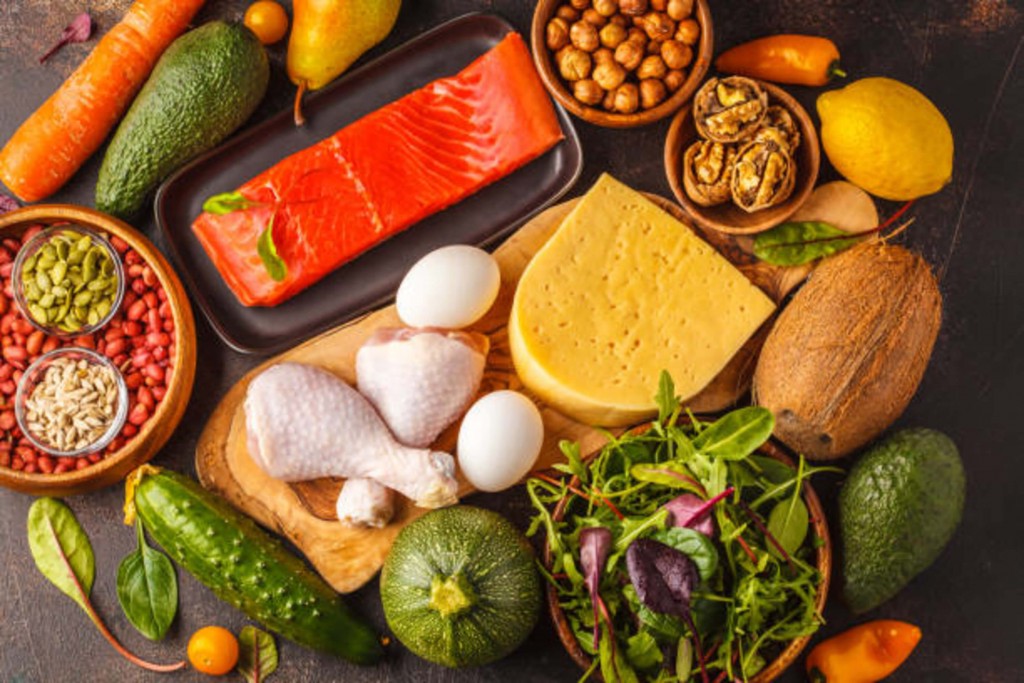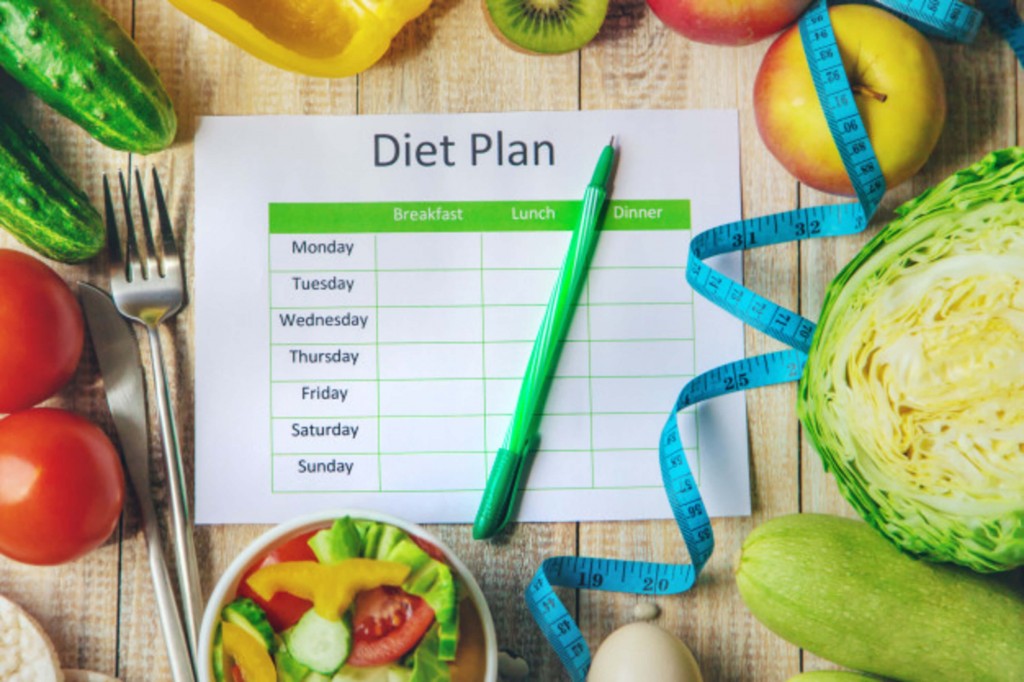
What Do You Eat on the Paleo Diet?
It’s hard to live in a world filled with fast-food and sweets. Can’t say no to a delicious pizza or a burger oozing with melted cheese or that mouth-watering chocolate cake? Sadly, most of these food harm your body in the long run. Now, imagine the days of our ancestors when there was no soda, no tacos, fries, or even cookies. Seems awful, right? Well, not entirely. At least on the bright side, people were healthier, stronger, and more active back then.
Scientists have discovered (although it seems obvious already) that eating food similar to what people ate eons ago provides countless health benefits. They call this the Paleo diet. You may have heard about it from friends who successfully survived a weight loss journey or read about it on social media. If you want to learn more about it, this is the perfect guide for you.
What is a Paleo Diet?
The Paleolithic diet or stone-age diet is a modern lifestyle choice similar to that practiced during the Paleolithic era. It’s important to understand that humans at that time had had little to no choice when it came to eating. They would feast on mostly anything edible and available in their surroundings. That’s why the paleo diet doesn’t adapt to everything eaten back then since there were also questionable food choices.
Generally, the paleo diet consists of either a healthy high-carb plan based on plants or low-carb meals rich in animal fat and protein. Simply speaking, you have to eat natural and whole foods while avoiding processed products in general.

How Does Paleo Affect Your Body?
As stated earlier, loads of junk and processed foods available today leads to a variety of health concerns, including:
- Diabetes
- Cancer
- Obesity
- Heart disease
- Kidney failure
- Chronic liver disease
- Hypertension
- Pancreatic disease
- Impairment of the immune system
And these diseases only cover an inkling of the number of problems unhealthy foods can give you. Hey. Don’t panic. Going paleo dramatically reduces your risks of getting sick. Quick disclaimer, though. The paleo route isn’t some sort of miracle drug. It doesn’t completely eliminate the possibility of getting cancer or any other health condition since some can be hereditary. Think of it as a diet that mitigates these risks.
What Should You Eat on a Paleo Diet?
Many people shy away from going paleo or any other diet plan in general because they think it’s expensive to maintain. However, this isn’t exactly the case. You need to get your hands on locally-sourced or unprocessed food, which can be quite challenging since they require more to preserve.
Here are some foods shared by Healthline to eat on a modern paleo plan:
- Meat: Beef, lamb, chicken, turkey, pork, and others.
- Fish and seafood: Salmon, trout, haddock, shrimp, shellfish, etc. Choose wild-caught if you can.
- Vegetables: Broccoli, kale, peppers, onions, carrots, tomatoes, etc.
- Eggs: Choose free-range, pastured, or omega-3 enriched eggs.
- Fruits: Apples, bananas, oranges, pears, avocados, strawberries, blueberries, and more.
- Tubers: Potatoes, sweet potatoes, yams, turnips, etc.
- Nuts and seeds: Almonds, macadamia nuts, walnuts, hazelnuts, sunflower seeds, pumpkin seeds, and more.
- Healthy fats and oils: Extra virgin olive oil, coconut oil, avocado oil, and others.
- Salt and spices: Sea salt, garlic, turmeric, rosemary, etc.
What Foods Do You Need to Avoid?
This is where things get tricky. Almost all of the ingredients available nowadays are processed to some extent. Basically, it’s best to avoid anything canned, packed in plastic, or appears to have been created in a factory. Don’t trust ‘low fat’ or ‘no sugar’ tags companies put in the packaging.
Here’s another list of foods to avoid, according to Healthline:
- Sugar and high-fructose corn syrup: Soft drinks, cakes, fruit juices, table sugar, candy, ice cream, and anything sweet.
- Grains: Avoid bread and pasta, wheat, rye, barley, etc.
- Legumes: Beans, lentils, and many more.
- Dairy: Stay away from most dairy, especially low-fat (some paleo versions include full-fat dairies like butter and cheese).
- Some vegetable oils: Soybean oil, sunflower oil, cottonseed oil, corn oil, grapeseed oil, safflower oil, and others.
- Trans fats: Commonly found in margarine and various processed foods. Typically referred to as “hydrogenated” or “partially hydrogenated” oils.
- Artificial sweeteners: Aspartame, sucralose, cyclamates, saccharin, acesulfame potassium. Use natural sweeteners instead.
- Highly processed foods: Everything labeled “diet” or “low-fat” or that has many additives. Includes artificial meal replacements.

Sticking to Your Paleo Diet Plan
When going on a diet, think only of one thing: your health. You’re doing this to live a long and fruitful life with your family. That alone should be enough to keep you going. But if you find it difficult to prepare your meals, considering getting a paleo meal delivery service subscription. It will satisfy your nutrient needs without having to compromise your time or needing the expertise to produce a desirable taste.
